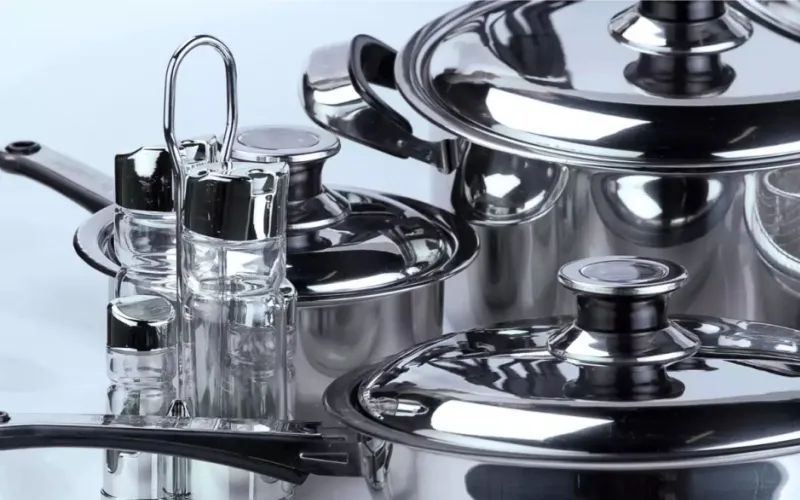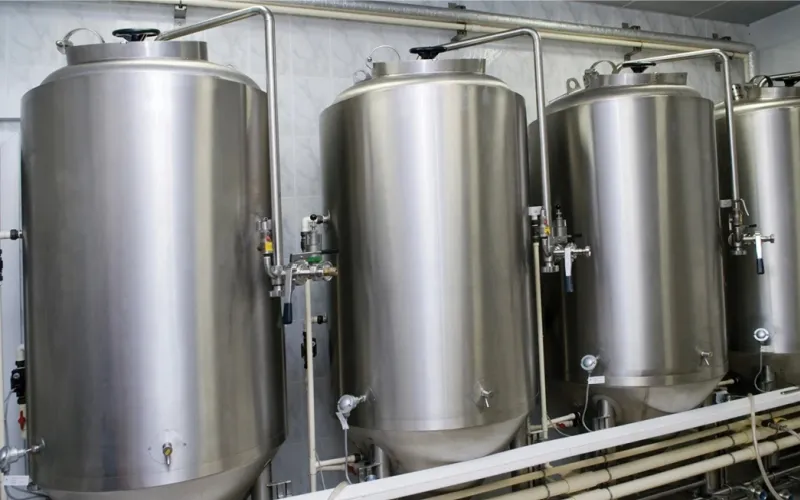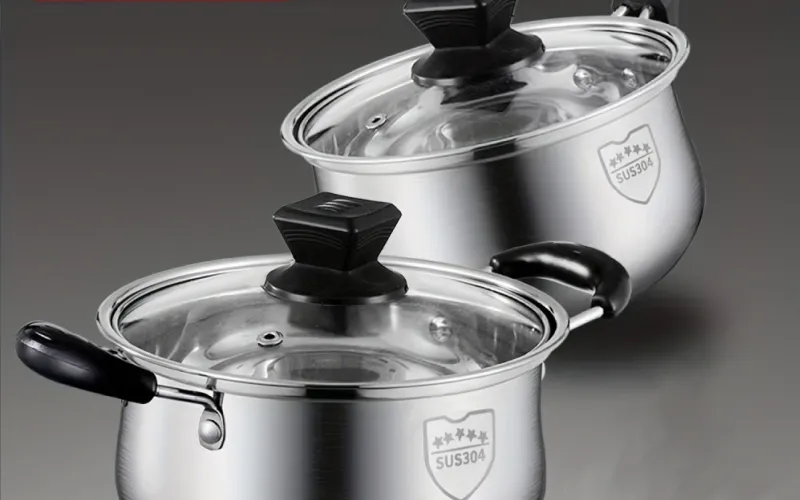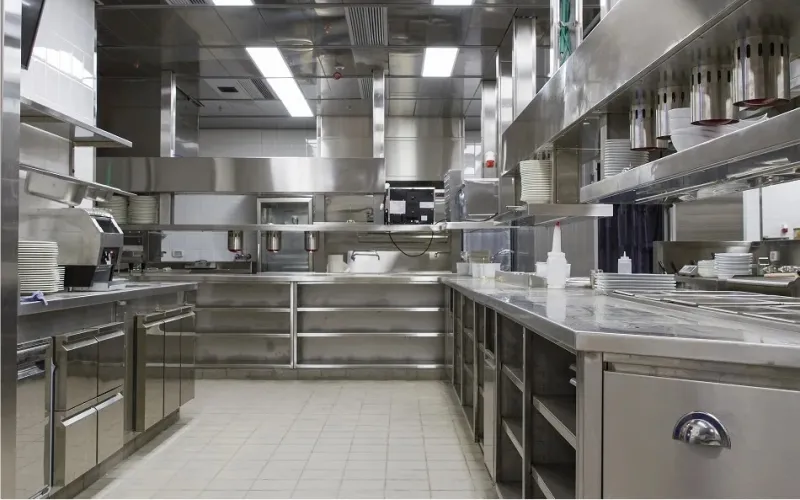What Is Food-grade Stainless Steel?
Stainless steel that makes it possible to manage food items following governmental safety standards while maintaining the highest levels of purity and quality is called “food grade.” It will prevent various alloys and harmful substances from leaching out from stainless steel during the acid and alkali processes used in food production.

What Are the Main Properties of Food Grade Stainless Steel?
1. Great corrosion resistance. Food-grade stainless steel has excellent corrosion resistance and can be used for a long time in acid, alkali, and other environments without rust or corrosion.
2. High temperature resistance. Food-grade stainless steel has excellent high-temperature resistance and can be used in high temperature environments for a long time without deformation or melting.
3. Excellent hygiene. Food-grade stainless steel has excellent hygiene and will not contaminate food or affect food quality. Also, it is easy to maintain hygiene and sterilize.
4. Great durability. The kitchenware made of food grade stainless steel can be used for a longer time, generally 20-25 years.
5. Good processing performance. Food-grade stainless steel has excellent processing performance and can easily perform cutting, welding, bending, and other processing operations.
6. Non-reactive nature. Food-grade stainless steel is non-reactive to acids present in food. It is neutral to flavor agents present in food items. It even does not affect the taste, color, and smell. Even does not impart any deleterious effect on food while cooking.
7. Easy cleaning and maintaining. The smooth surface of food-grade stainless steel makes it easy to clean with water or cloth.
8. 100% recyclable. Food grade stainless steel is recyclable and environmentally friendly. It can be recycled without losing its properties.

Common Types of Food-grade Stainless Steel in the Market
304: also known as 18/8, is the most popular food-grade stainless steel. Comprised of 18% chromium and 8% nickel, this high-quality steel offers good antioxidant properties and hygienic properties. 304 food-grade stainless steel is widely used in food processing equipment, tableware, kitchen utensils, etc.
316: is more resistant than 304 food grade stainless steel as 2-3% molybdenum element greatly improves its corrosion resistance. Although rarely used in drinkware, 316 food grade stainless steel is used for containers for almost all kinds of food products.
430: is a kind of chromium stainless steel, in which 17% chromium element provides certain corrosion resistance and heat resistance. Another characteristic of 430 is that it’s a ferritic alloy, meaning it’s magnetic. Due to its low price, it is often used to make kitchen utensils, catering equipment, etc.

Where Can Food-grade Stainless Steel Be Used?
As its name implies, food grade stainless steel is widely used in the food and beverage industry, including food equipment and food processing. Here are some examples for your reference:
Food storage tanks
Ice cream molds
Double-wall food transport container
Food mixers
Industrial ovens
Cutlery and built-in cooking products
Cans
Food conveyor systems

How To Identify Food-grade Stainless Steel?
Many people probably want to know how to identify food-grade stainless steel. Here are several methods:
1. Use magnetic testing: Most stainless steel is magnetic, but food-grade stainless steel is usually non-magnetic. A magnetic tester can be used to test whether stainless steel is magnetic.
2. Observe the surface finish: The surface of food-grade stainless steel should be very smooth, without obvious flaws, scratches, and dents.
3. Use chemical reagents: Some chemical reagents can be used to detect the chromium content in stainless steel. Food-grade stainless steel usually contains more than 18% chromium, which can be detected using potassium chromate reagent.
4. Check the label: Normally, food-grade stainless steel products should have relevant labels or certificates indicating that they meet food hygiene standards. You can check the label or certificate to confirm the quality of the stainless steel.
5. Use electrochemical testing: An electrochemical tester can be used to detect the chromium content and the content of other metal elements in stainless steel to determine whether the stainless steel meets food hygiene standards.

Contact Gnee Steel for Premium Stainless Steel Metal Solutions
At Gnee Stainless Steel, we offer high-quality stainless steel grades that are available in a range of finishes, forms, and sizes, including 304, 316, and 430. To learn about our stainless steel options for use in the food industry, or to learn more about our offerings, please contact us today.


